1. He Paints Entirely on Location
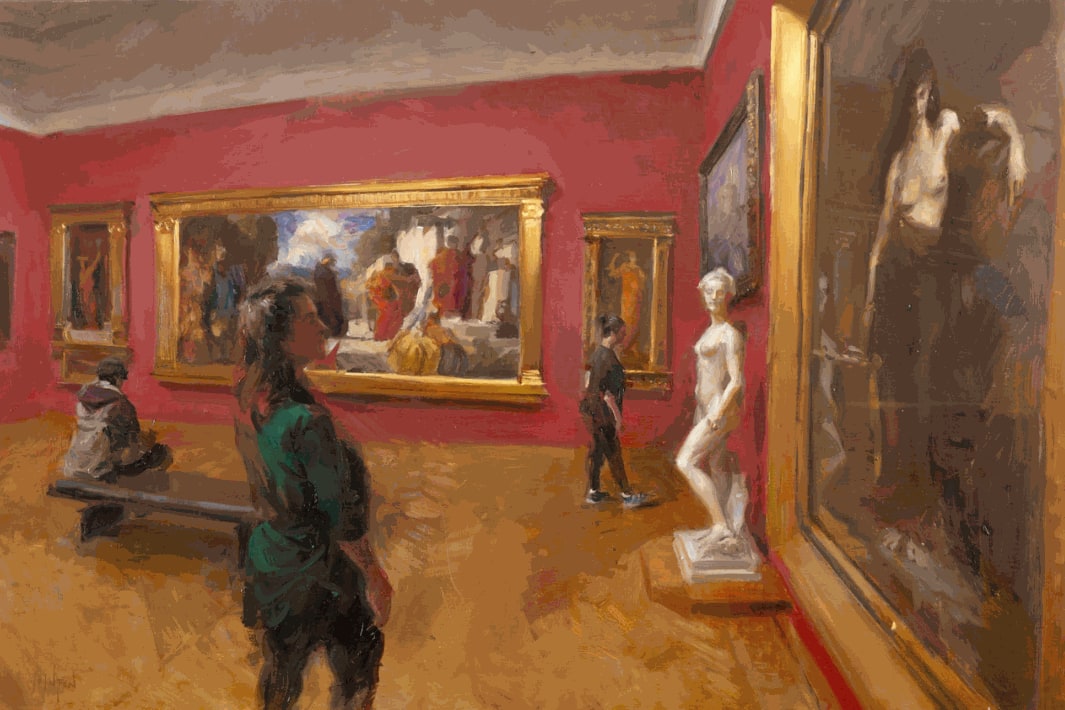
Rob Pointon doesn’t just paint landscapes, he lives inside them, quite literally. Every canvas starts outdoors, wherever the light, energy, and movement of a place pull him. That’s what sets him apart as a plein air painter in the UK—he’s not observing from afar but embedded in the scene. Whether it's a bustling street in Manchester or the quiet shimmer of Venice’s canals, he’s right there, brush in hand.
Painting like this isn’t just about atmosphere, it’s about urgency. Weather changes. Light shifts. Crowds come and go. That means each brushstroke has to respond quickly, intuitively. In some respects, the spontaneity is what gives his urban landscape paintings their punch. There's this slight unpredictability, a sense of being caught in motion.
Collectors often describe the finished pieces as alive, buzzing with noise, traffic, voices and even wind. And it’s probably that vibrancy, combined with technical control, that makes Pointon’s work so distinctive among contemporary British artists.
2. His Use of Perspective Is Unusual and Complex
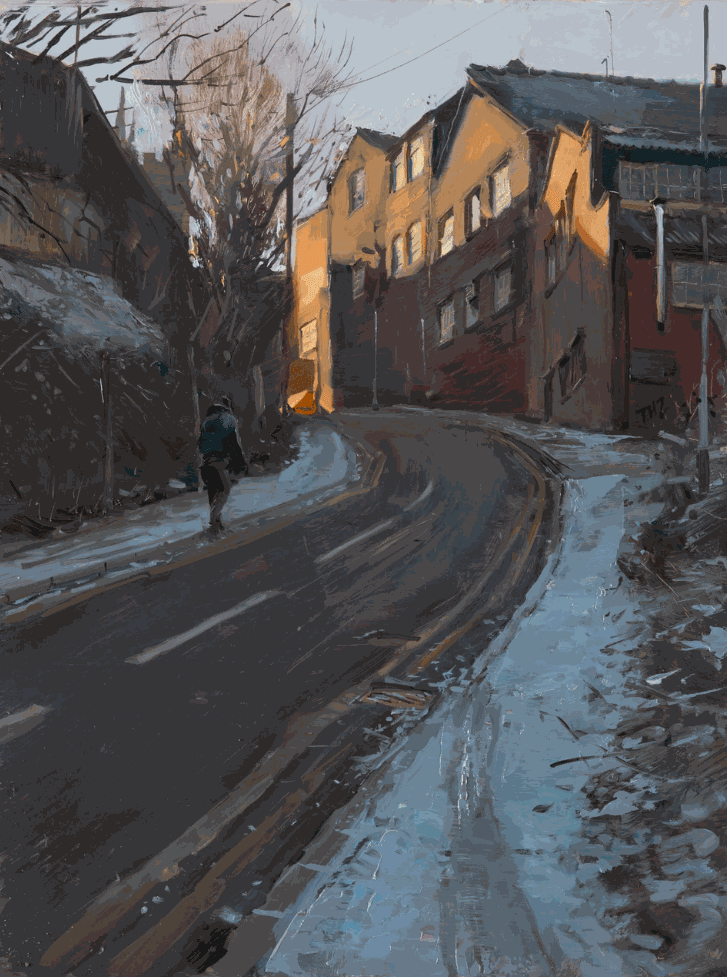
There’s perspective, and then there’s Rob Pointon perspective. You’ll often notice buildings bending slightly or streets appearing to roll through the canvas. It’s not distortion, it’s deliberate, a way of representing how we really move through space. Rather than fixing a single viewpoint, he tends to shift the viewer’s position, capturing several vantage points within the same frame.
This fluidity likely stems from Pointon’s curiosity about perception. He doesn’t just want to show what’s there, he wants to show how it feels to be there. That’s why his cityscapes feel so kinetic, especially those urban scenes. Cars don’t just sit; they hum. Pavements curve like they’re being walked on. In that way, he breaks from conventional technique, his approach seems to bend reality just a little, while somehow grounding it in truth.
In fact, it’s one of the more distinguishing features that marks him out as a British cityscape artist with a visual language all his own. Few painters working today use space with quite as much movement.
3. He Has a Background in Animation
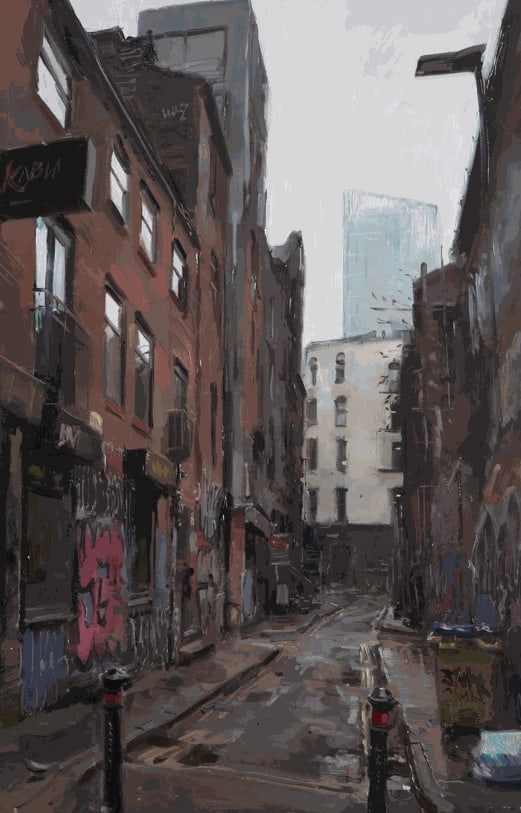
Before Rob Pointon became known for painting live on busy streets, he spent years immersed in the mechanics of animation. That early training still echoes through his work. It’s not just that his paintings move, it’s how they’re built. Animation teaches you to think in sequences, in rhythm, in flow. And in some respects, that mindset now informs the way he handles composition.
Look closely and you’ll see it. Roads unfurl with a sense of tempo. Light falls across surfaces as if caught in mid-shift. It’s all quietly choreographed. This isn’t a passive scene, it’s a stage, in motion, waiting to be read left to right, much like film stills.
And there’s a narrative quality, too. You’re not just looking at a moment, you’re walking through one. It’s this connection between fine art and storytelling that helps distinguish him as more than just a painter. It might explain why so many of his collectors describe his pieces as cinematic- framed, but breathing.
4. Travel Greatly Influences His Work
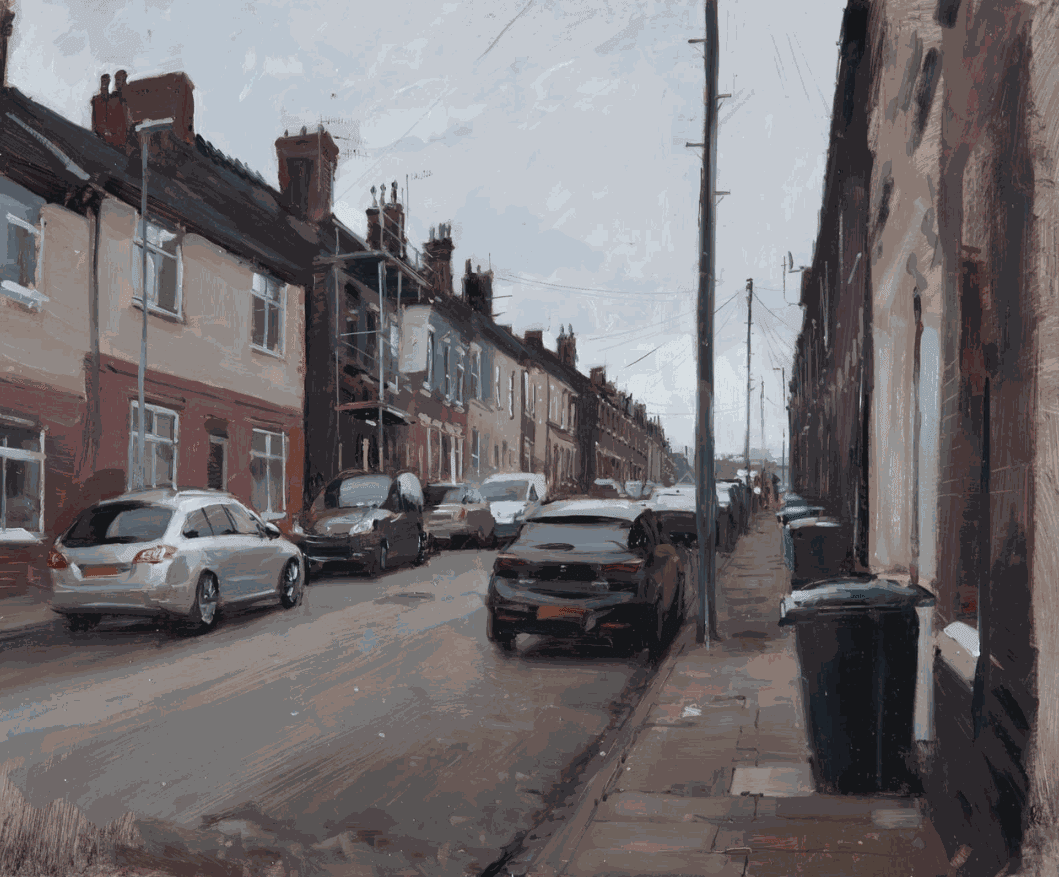
Rob Pointon paints with a suitcase not far from his easel. His art isn’t rooted in one place, it’s shaped by movement across countries, cultures, and continents. From the fractured light of Venice to the vertical intensity of New York, and even the layered bustle of Hong Kong, each place feeds into his visual language in some surprising way.
It’s not just about different backdrops. It’s how place shifts his palette, his composition, his brushwork. A grey northern skyline asks for entirely different marks than a gleaming Asian harbour or Manhattan at dusk. He studies those contrasts closely. In fact, that variety is what gives much of his work its complexity as it never settles.
That habit of moving, observing, responding makes him one of the more travel-responsive painters working in the UK today. You could say his practice sits neatly in the travel-inspired art UK category, but even that undersells it a bit. Each location leaves a fingerprint. And in some respects, his greatest strength might be how he threads those influences into a body of work that still feels unmistakably his.
5. He Was the Official Artist for Major UK Events
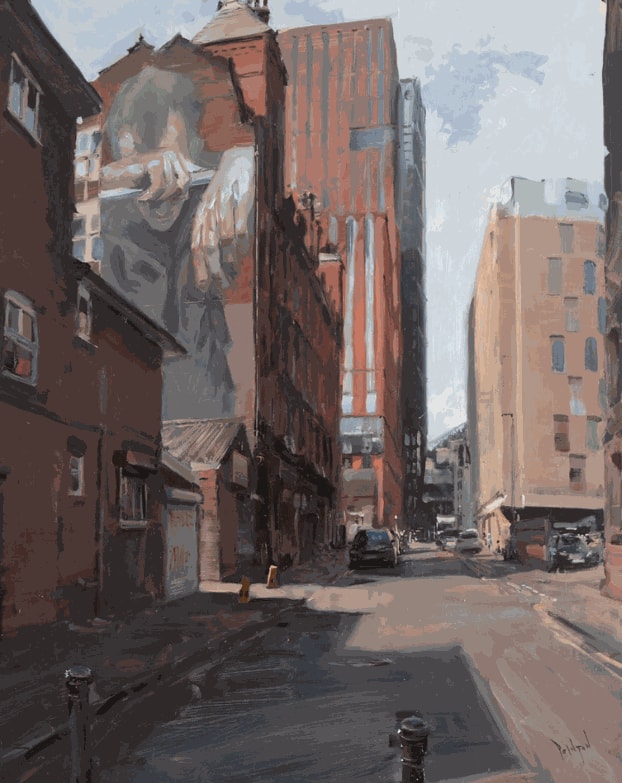
Some artists build their reputation slowly through gallery shows. Rob Pointon, though, added something else to the mix. hHe became the official artist at some of the UK’s most prominent events. From national political conferences to royal occasions, he’s been invited to record these moments live, in situ, with nothing but his brushes and a shifting crowd to work with.
Being commissioned in this way doesn’t just speak to trust—it says something about his ability to work under pressure. Painting in real-time, surrounded by dignitaries, journalists, and tight security, isn’t for the faint-hearted. Yet Pointon tends to thrive there. These official artist commissions gave him wider visibility and a broader audience. They also marked a turning point in how collectors and institutions viewed his role in contemporary British art.
Few artists can say they’ve stood behind the scenes at national events and translated them into colour and canvas. Fewer still have done it with quite the same intensity and flair.
Rob Pointon’s work might seem spontaneous at first glance, but there’s depth behind the colour. He’s a Royal Drawing School alumnus, a plein air painter in the UK with a sharp eye for structure, movement, and place. Whether painting royal events or distant cityscapes, he brings a distinct rhythm to every scene. And frankly, few contemporary British artists deliver that same combination of immediacy and intricacy.
If you're curious to experience his work up close, or speak to the gallery about a particular piece, you’re welcome to Contact Us.
